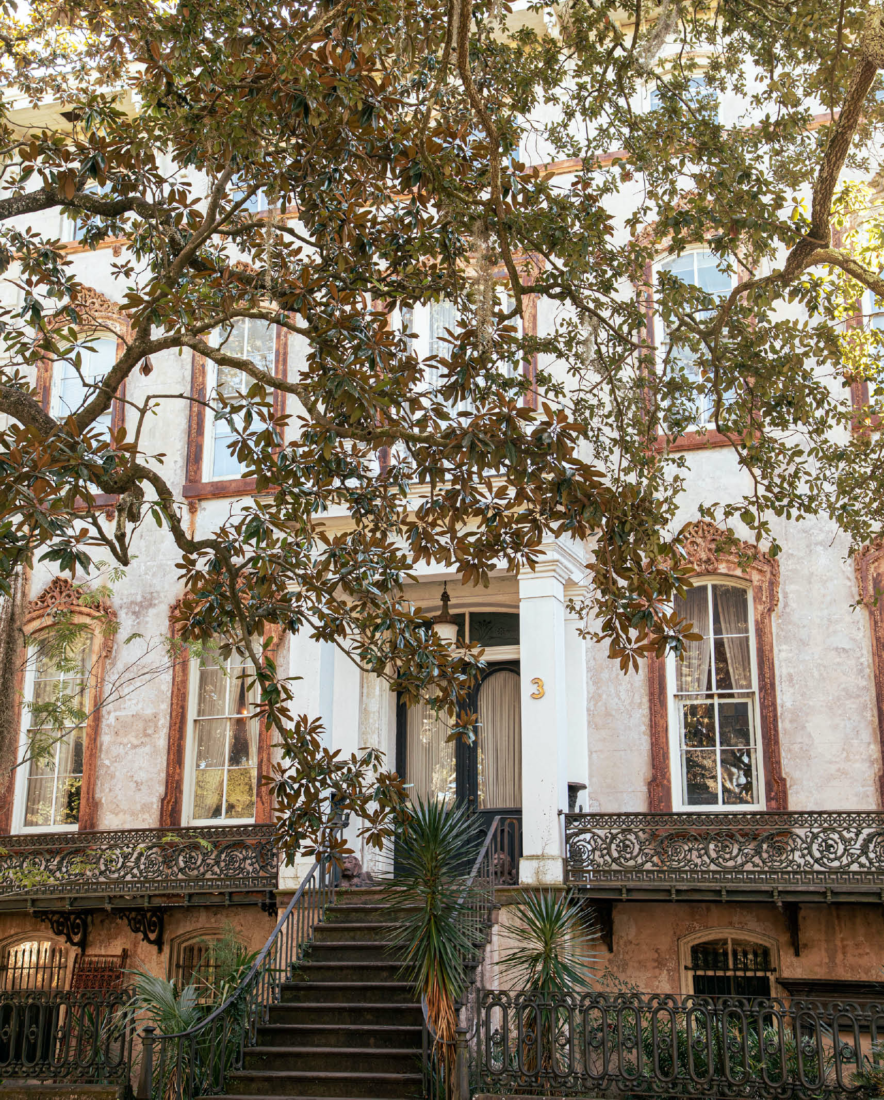Bits of plaster crumble from the ceiling of Alex Raskin Antiques, covering a nineteenth-century mahogany table in a sheet of dust. The floors whine and creak as we make our way through the first of the mansion’s four haphazard, jam-packed levels.
My husband, Hartford, and I have been house shopping inconclusively in his hometown of Savannah since our wedding here three years ago. Now we’re getting ahead of ourselves, browsing furniture. We regard a massive, worn cotton factor’s desk tucked in a back room. “I hope no one ever buys that,” Raskin says. “Because I have no idea how they’ll get it out of here.”
Born and raised in Savannah, Raskin remembers when part of Abercorn Street, a main artery now, was a dirt road; when dialing Tybee Island, fifteen miles away, was a long-distance call; and when people got dressed up to go downtown. On the one hand, it wasn’t so long ago. On the other, the city is so different now. Unsurprisingly in his line of work, Raskin is nostalgic for those older days, particularly the 1970s, when he paid about the same price for an entire building near Monterey Square as someone might now pay for that mahogany table.

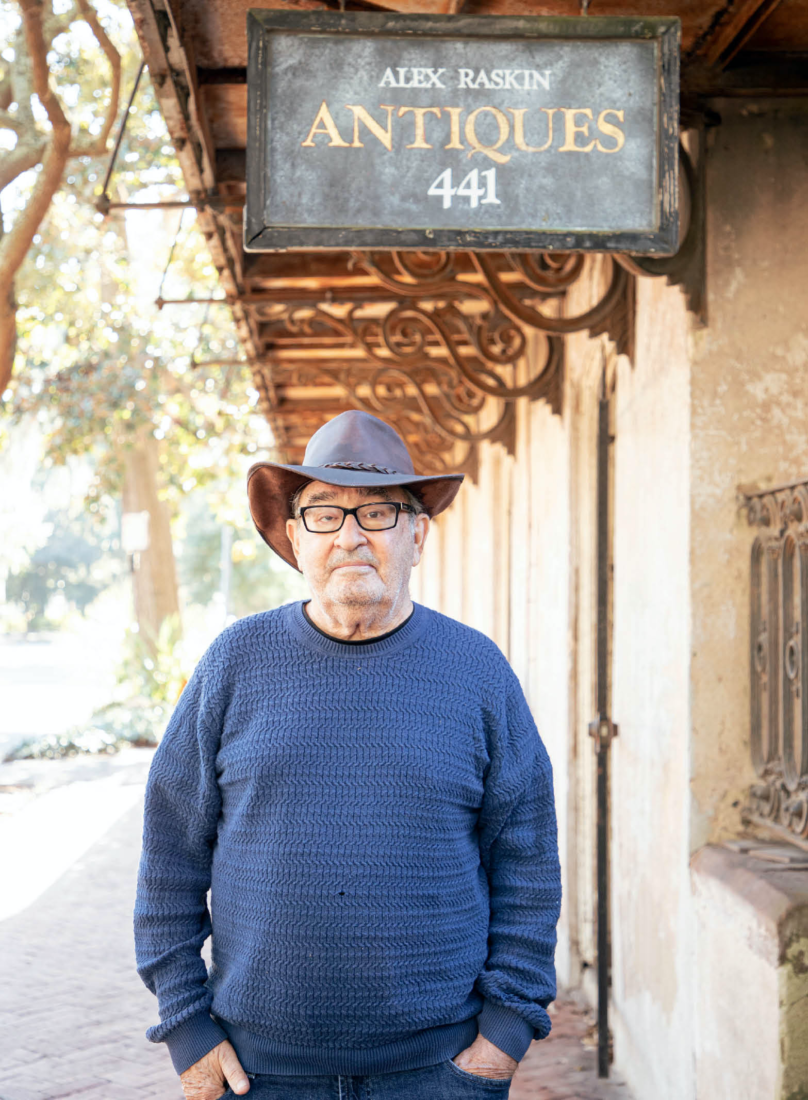
Though many of the businesses he patronized back then are gone, several hang on: Levy Jewelers since 1900; Russo’s Seafood since 1946; eighty-nine-year-old Crystal Beer Parlor; Bradley Lock and Key, now run by fifth-generation locksmith Andrew Bradley; and the midcentury dive Pinkie Masters Lounge, which was almost shuttered after a strange chain of events that involved a guy called Catfish getting stabbed. (Happily, he lived to tell the story.) Now it’s called the Original Pinkie Masters.
Some greats have fallen. But where they fall, they leave gaps in the canopy, a chance for new contenders to put down roots.
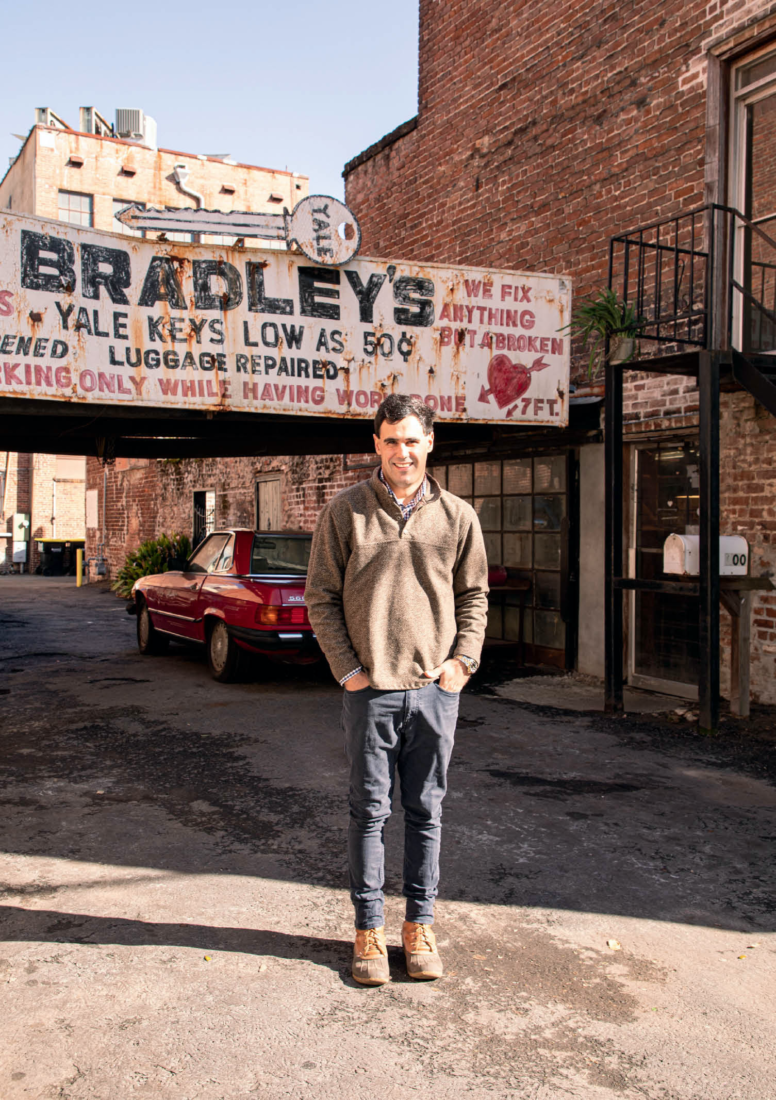
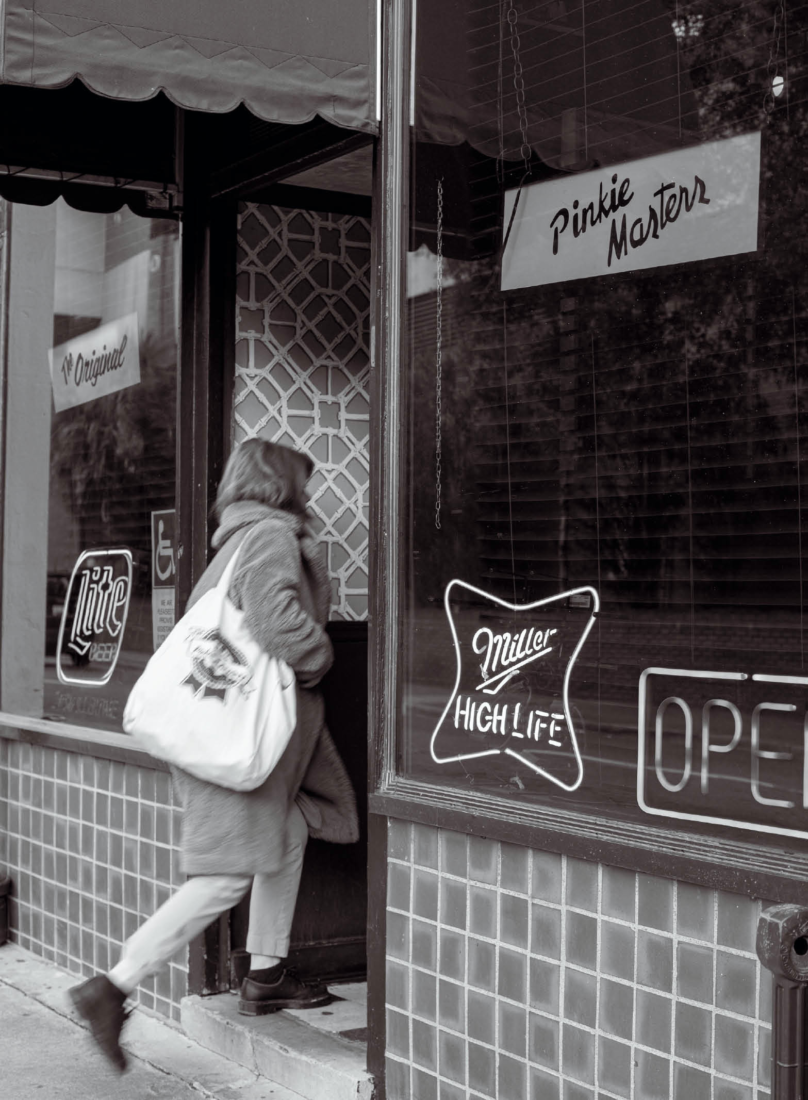
Andrew Jay Ripley and his business partner, Tom Worley, opened the tropical-themed bar Lone Wolf in the fast-growing fringe neighborhood of Starland in 2018. Their spot sits an alley away from the cowboy bar Over Yonder and its pardner (same roof, same owner), the down-home dive Moodright’s, Savannah’s go-to for duckpin bowling since 2019.
Even farther from the buzz of downtown, on Tybee, I’m sitting with friends at Lone Wolf’s sandier, sunnier, more food-centric sibling, Sea Wolf. Ripley stops by our table, and we talk about the infusion of visitors, newcomers, and new energy to the city—and the changes that have followed.
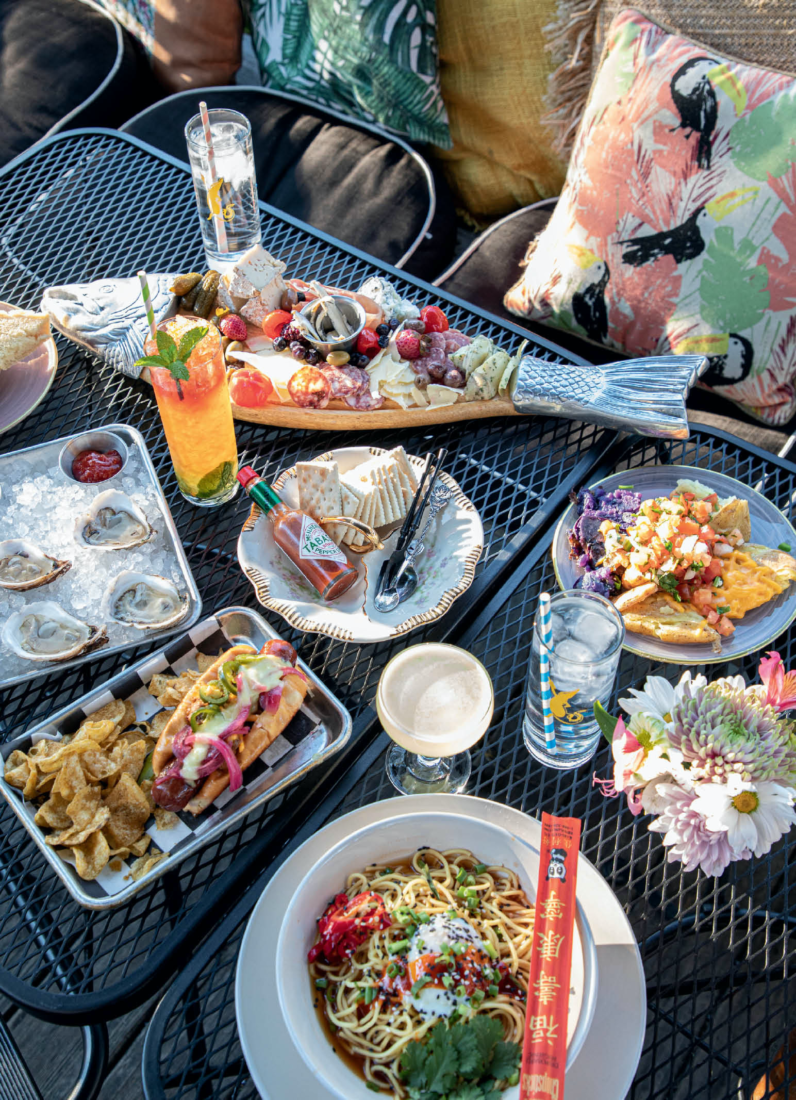
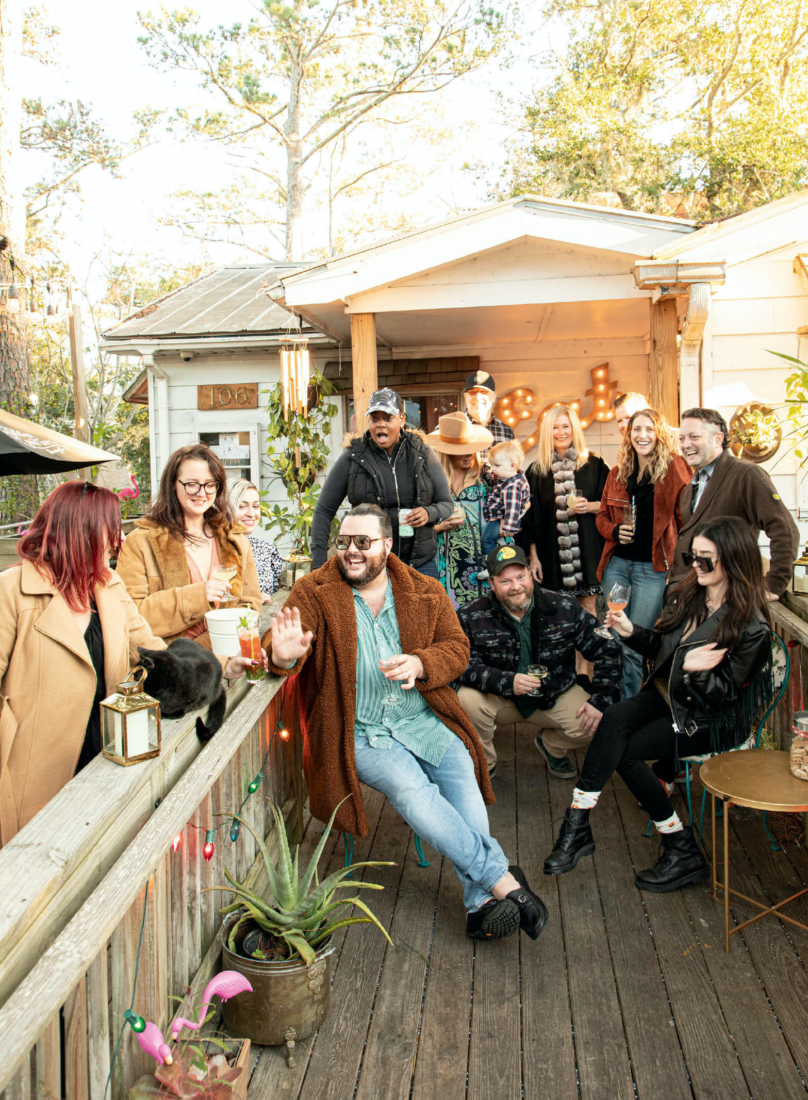
While the pandemic slowed the stream of visitors, in the last decade, tourism in Savannah has been breaking records. In 2019, nearly fifteen million visitors to this town of under 150,000 spent more than $3 billion. As in many popular cities, rents and home values have risen sharply, especially downtown, sending businesses and patrons who once lived in the historic district into different neighborhoods.
A good crowd is out today for Sea Wolf’s take on surf and turf: trays of oysters and Wagyu beef hot dogs in lobster-roll-style buns, loaded with chorizo, jalapeño relish, and house-made Cheez Whiz. “We wanted to do something locals-focused,” Ripley says of the menu, and of the mentality. “No outside investors. Local anchors. And not pretentious.” This local love is a growing trend.
For decades, Savannah has put forth a certain image: a Southern city, charming, romantic, and eccentric, like the Savannah you read about in that book—the one with the photograph from Bonaventure Cemetery on the cover, taken by the late Jack Leigh, a brilliant local photographer who had previously gained international acclaim for his images of shrimpers and the Lowcountry landscape. But this new generation is expanding the city’s story.
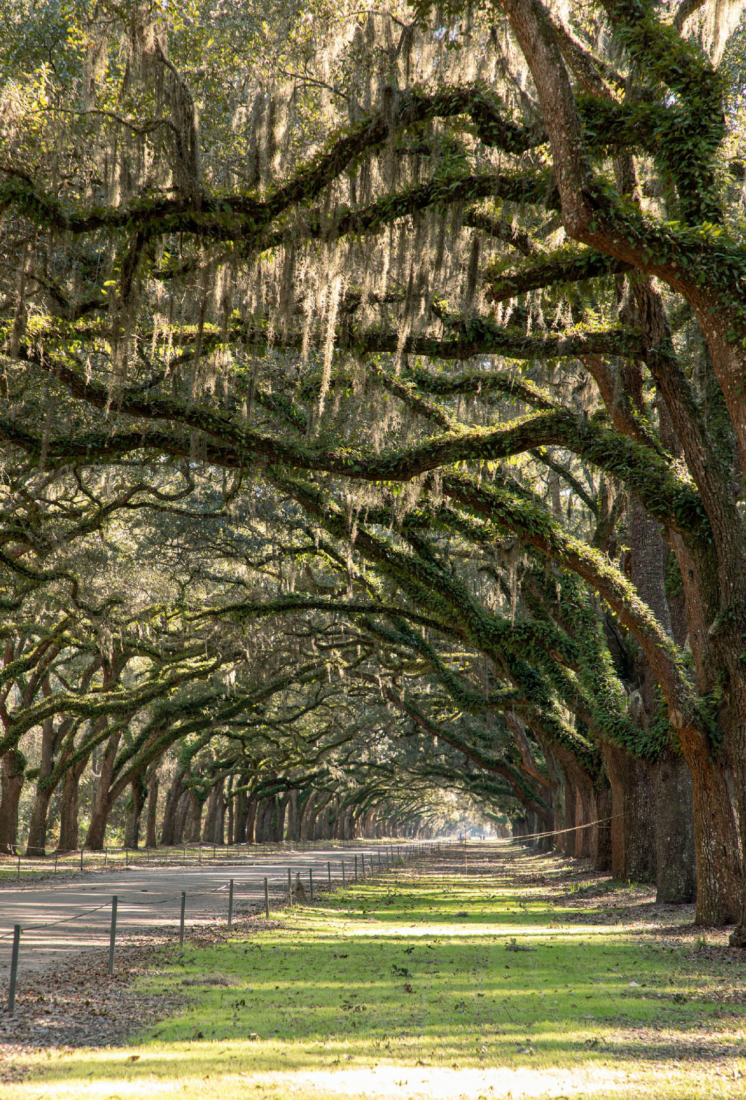
“It’s so important to talk about what Savannah really has going for it,” says Susan Laney, who worked with Leigh at his gallery and opened her own, Laney Contemporary, in a stunning brutalist building in 2017. She still represents Leigh’s estate, while helping cultivate the careers of other local artists. “Some things are coming to light about the harder history here,” she says, “and the culture that goes along with it.”
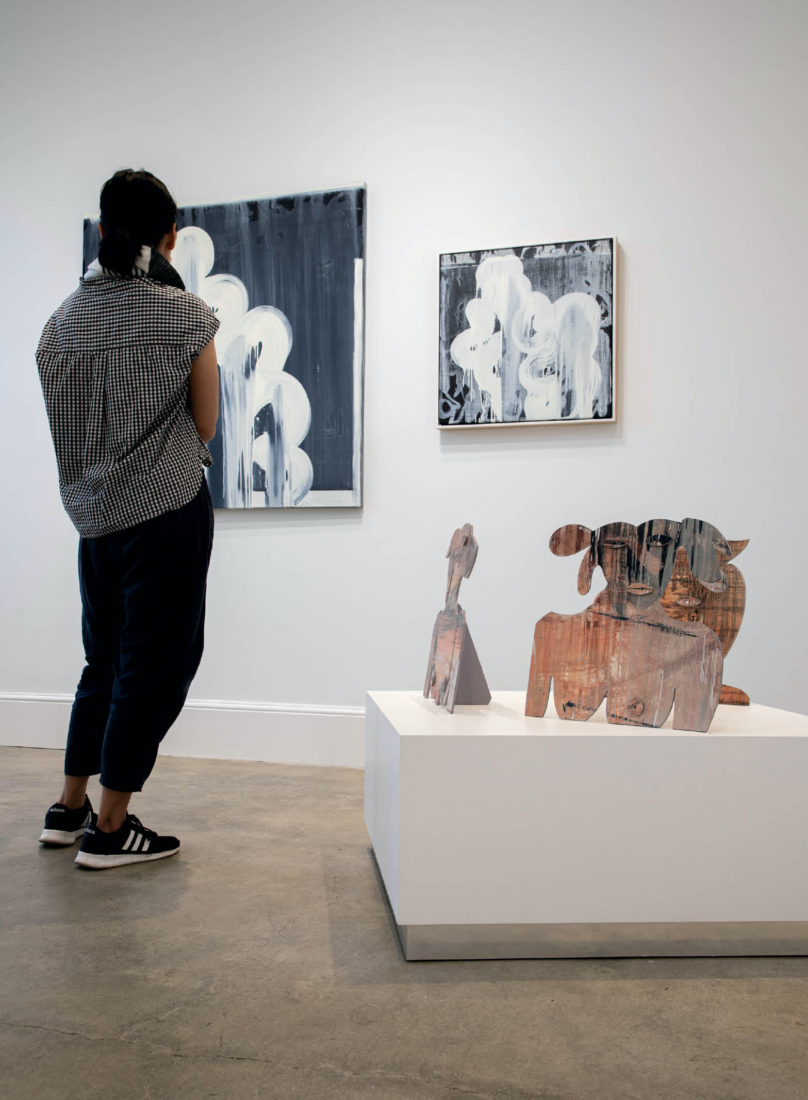
Some of the city’s most visited historical sites have recently been telling a fuller story: In late 2018, the curators at the 1819 Owens-Thomas House transformed the museum’s cellar and carriage house into a series of narrative exhibits that explore the history of slavery in Savannah. Black-owned guide companies such as Underground Tours of Savannah, founded in 2017, lead walking tours of African American monuments and champion the Gullah Geechee food, culture, and history passed down through African descendants.
An emerging wave of shop owners are finding ways to shape Savannah’s story, too. In 2015, part of a tourism study for the town recommended “elevating” Savannah’s retail offerings with more megabrand tenants. But the Downtown Design District—a growing stretch of shops along Whitaker Street—has largely done its own thing.
Rae Haggist tends the counter at Asher + Rye, a sustainability-focused home-goods emporium her daughter and son-in-law opened in 2020. “The owners of this building also have shops on this street,” she says, pointing across the way at Circa Lighting and the home and clothing boutique One Fish, Two Fish, both cornerstones of the neighborhood since 1998. “They had offers from developers, but they waited for just the right business to preserve the character of the neighborhood.”
Down the block, Savannahian Roz Morris moved home from New York during the pandemic and opened the art and design studio StoneLords, where she sells apparel and jewelry by “brands with a cause.” On Oglethorpe Avenue, tea purveyor Wayne Ashford established his Ashford Tea Company in 2018 and hosts high teas over brews like his River Street blend, a mélange that pays homage to the city’s port history: black tea, molasses, and African pearl salt. “Fellowshipping is a lost art in our community,” he says. “What better way to help people engage than over a hot pot of tea?”
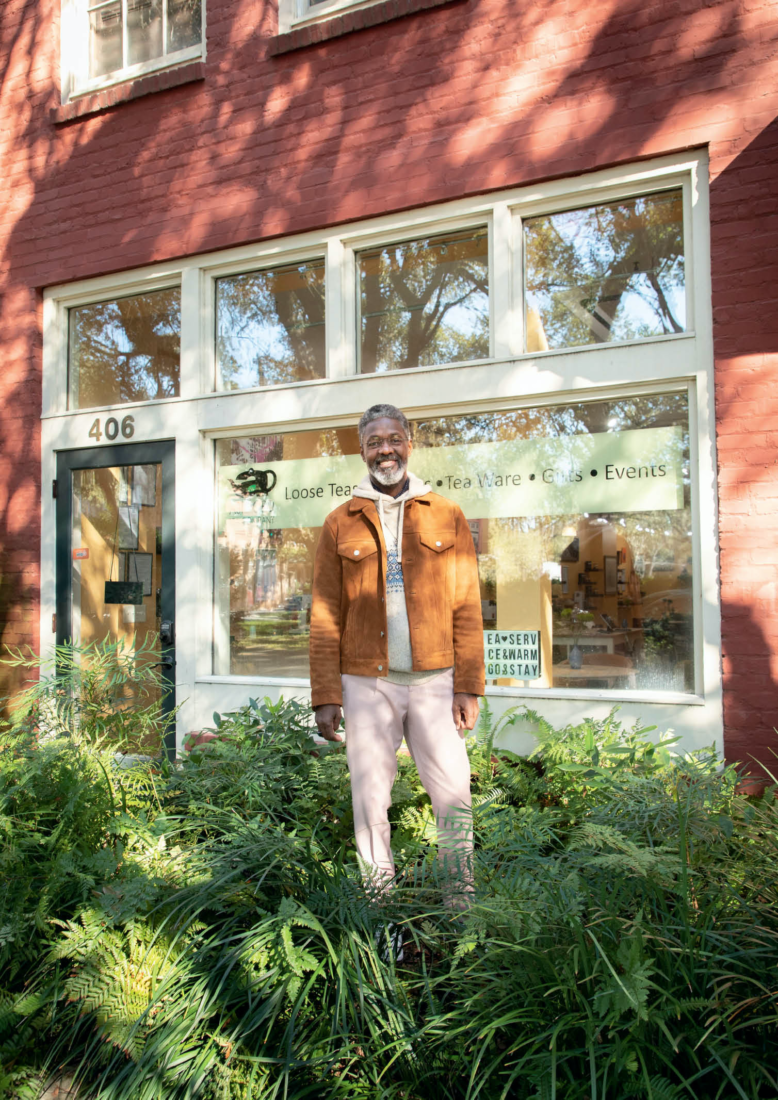
Nearby, a network of woman-owned businesses line Liberty Street: The Book Lady has been holding down the block since 1978, the leather goods shop Satchel since 2006, and in 2019 came the cocktail lounge Savoy Society, where I drop in one Saturday evening. The sidewalk tables are pulled together, and, as if by magnetic force, a group is accumulating as friends happen by. Everyone, including my husband, one of the design district shop owners, and a friend of a friend who’s late for a yoga class next door, is singing the praises of the Going Down Proper, Savoy’s all-healing concoction of rye, lemon, orgeat, and Underberg on the rocks.
Where locals support local businesses, and business owners support one another, proprietors enjoy a degree of freedom that makes things interesting. Hartford and I head to dinner at Common Thread, a new restaurant helmed by chef Brandon Carter. For fans of Carter’s Bluffton, South Carolina, restaurant FARM, including us, news of Common Thread was titillating—but also nerve-racking: Talented chefs have not always had great luck here. An underappreciated Savannah venture by the Athens, Georgia–based chef Hugh Acheson (opened in 2014) had the terminal arc of a shooting star; a local iteration of Sean Brock’s Husk (opened in 2018) has been a roller coaster.
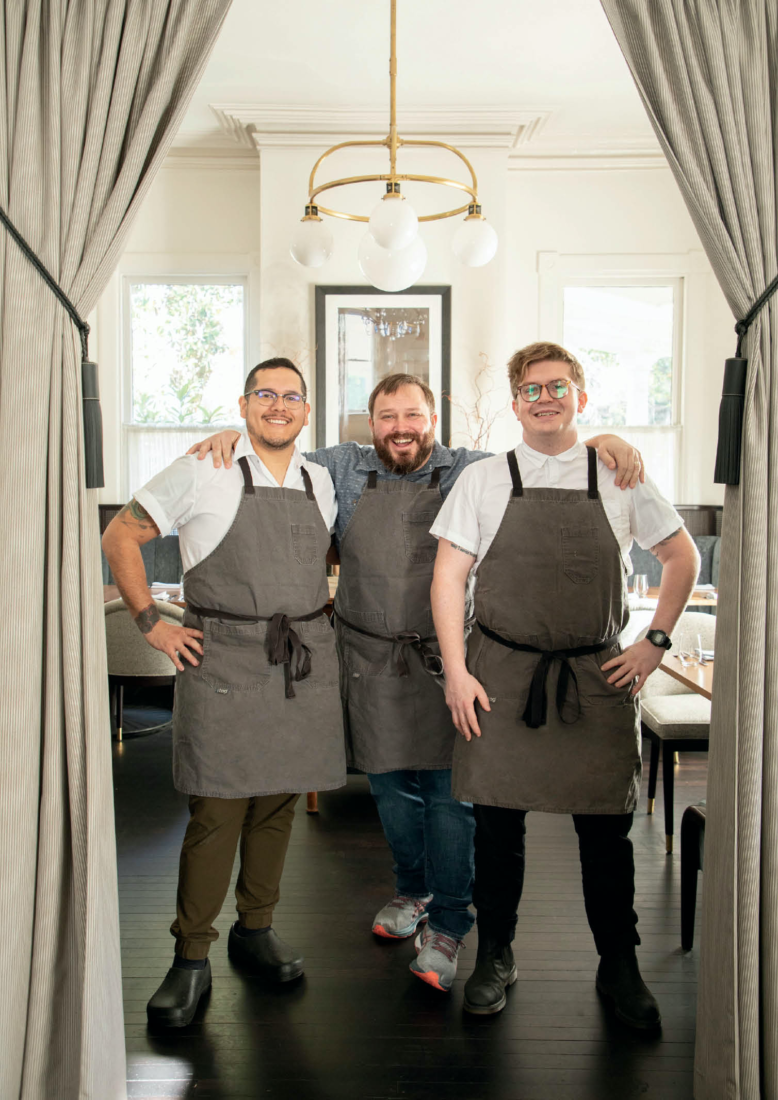
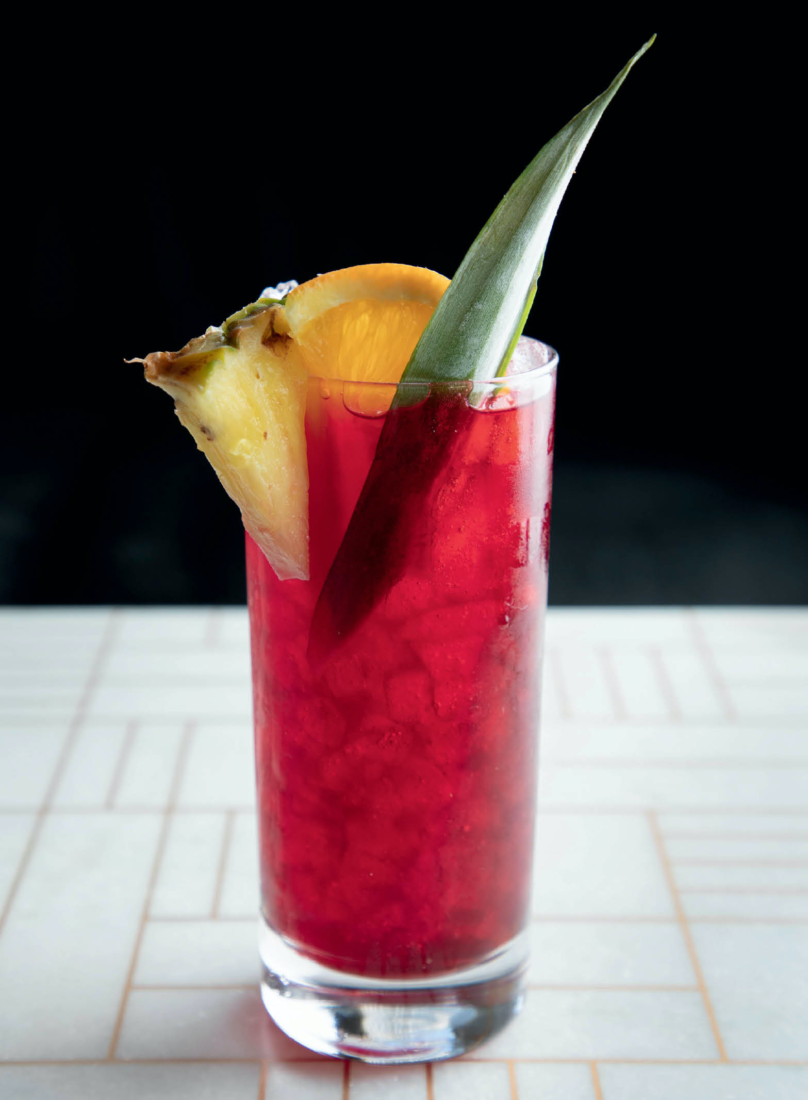
Tonight every course is a thrill, including an off-menu choice by Carter: a poetic preparation of fried wreckfish headcheese. Carter is a chef who loves fish heads—and why let a good one go to waste? It brings back fond memories from early in our courtship, when I insisted Hartford try a dish of delicately crisped goat brains the chef Mashama Bailey was serving one night at the Grey, which might be modern Savannah’s best restaurant success story. It opened in 2014 in a renovated midcentury Greyhound station, and its fame has spread everywhere from Netflix’s Chef’s Table to Bailey’s new outpost in Austin, Texas—and it enjoys just as much local love and loyalty as outsider accolades.
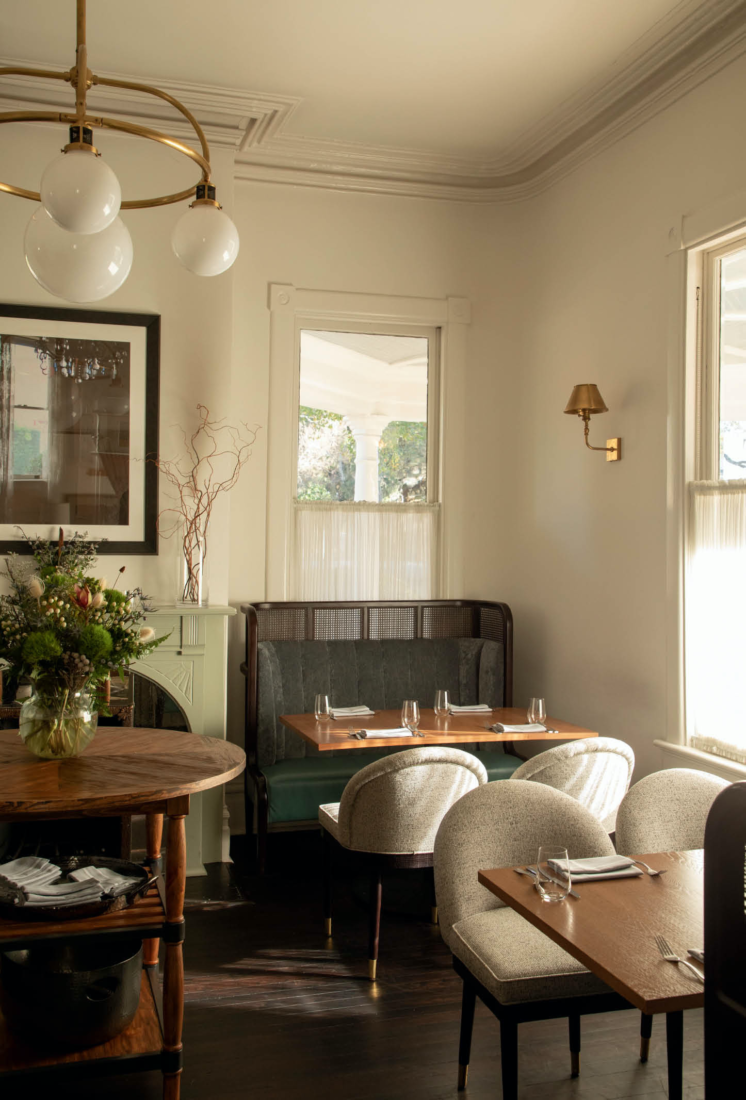

Matt Graham, the manager at the new Thompson hotel in Savannah’s long-awaited Eastern Wharf development—on the city’s easternmost waterfront—says that the secret to a hospitality business’s success lies in making it relevant for residents. Part of a New York–born hotel chain, the Thompson could easily feel like a permanent visitor. But Graham believes it can be different, the kind of place where neighbors feel welcome. “It’s meant to be a new neighborhood in an old town,” he says of the location, a blank slate for years before the hotel sprang up. He’s working with Laney Contemporary to curate the lobby.
He also wants it to be a good place to work. When we roll in the next morning for breakfast, we get a warm greeting from Maurice “Mo” Orr, a beloved Savannah bellman who’s worked downtown since 1994. During his tenure at the Kimpton Brice hotel, he won hearts by looking out for elderly neighbors—even helping one prune the ginkgo tree behind her home, half a block from his valet stand. When visitors ask Orr for suggestions on where to see the real Savannah, he tells them not to miss his favorite churches: First African Baptist Church and St. John’s; and also to spend some time at the cemeteries Bonaventure and Laurel Grove. “They’ve got stories,” he says. “And the dead don’t lie.”
One day, the heart of Eastern Wharf will be a new square, an addition to Savannah’s signature grid of parks. But for now, Fleeting, the hotel’s lobby restaurant, is the seat of the action. Arkansas native and chef Rob Newton’s menu embraces seasonality, shifting as often as necessary to showcase fresh ingredients in dishes like striped bass in coconut curry with charred savoy cabbage, local oranges, and Carolina Gold rice chips.
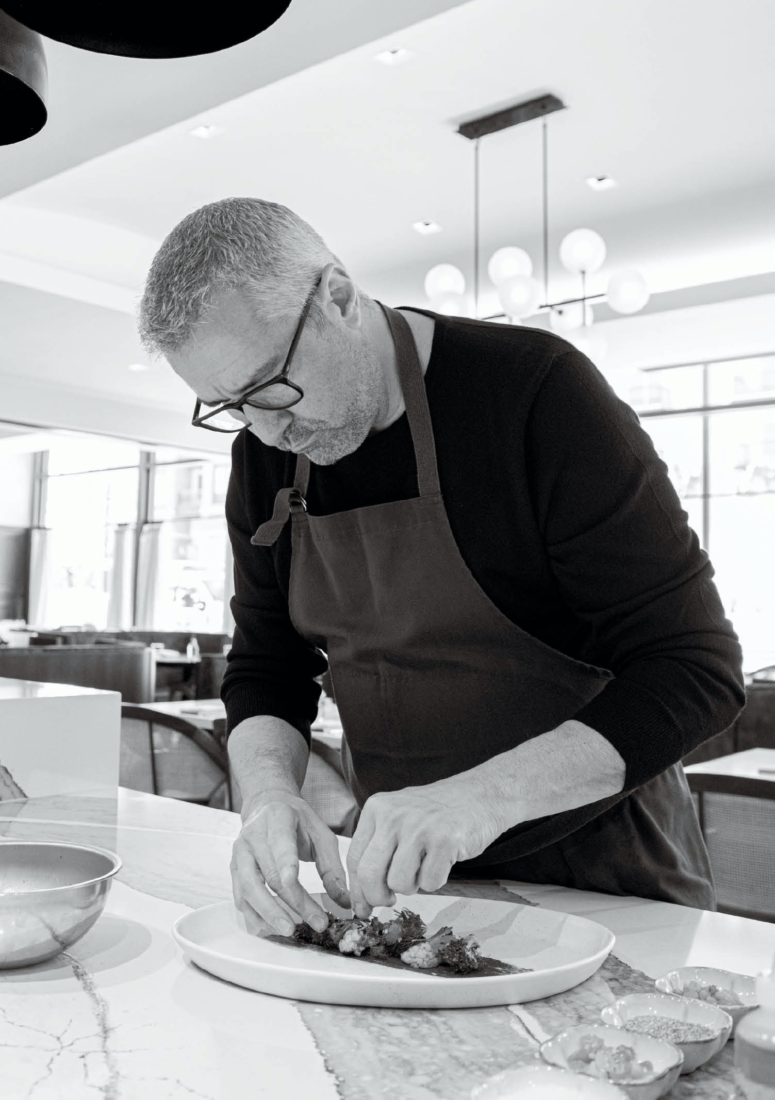
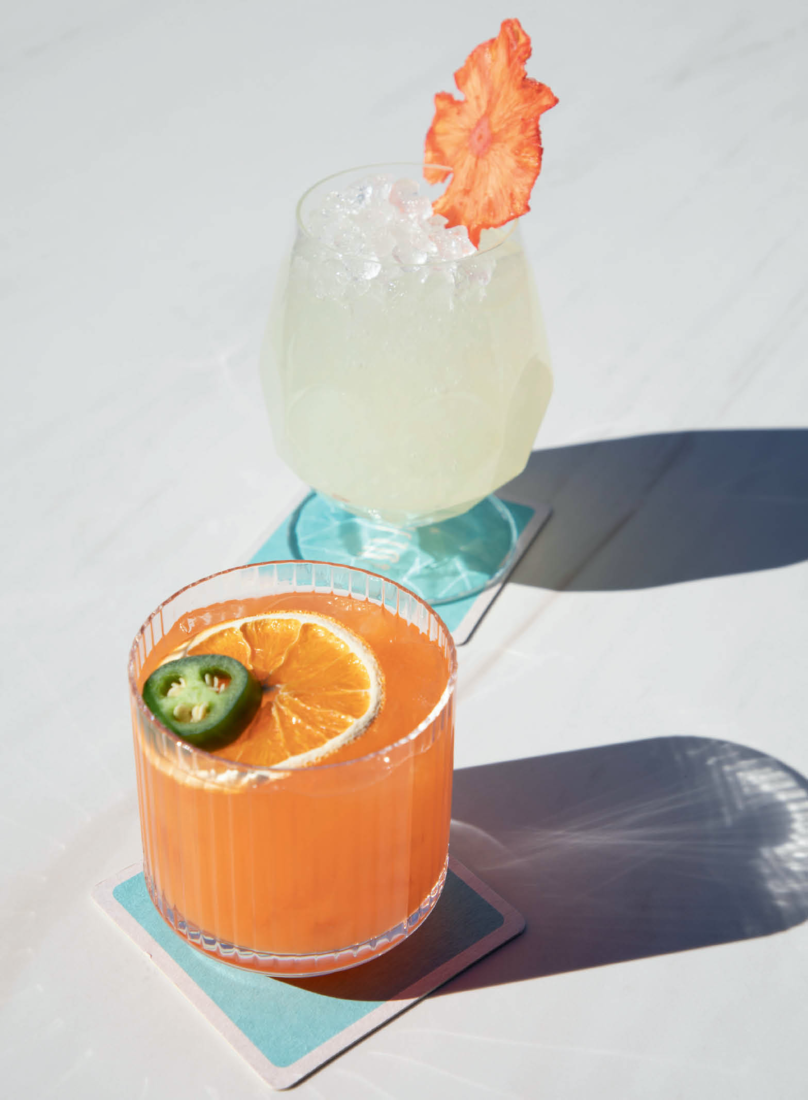
“We didn’t want a chef who was just going to come plant a flag and say, ‘This is what I do,’” Graham says. “We wanted someone open to new things, learning, exploring.”
Our waiter, Justin, hands us some menus. “Welcome to Fleeting,” he says, his deep blue nail polish catching the light. “As the name implies, things are always changing.”


